Live enzymes and green drinks
Wheatgrass is a super food.

Wheat grass, well-known as a super food, makes a nourishing green drink and is a healthy addition to herbal smoothies. A powerful antioxidant, wheat grass contains huge amounts of digestive enzymes, vitamins, minerals, amino acids, and chlorophyll.
Since all of these substances are required for a healthy body, wheat grass should be on everyone's menu. It is not just for cows and horses!
Wheat grass is very easy to grow at home. If you have seeds and garden soil on hand, you can harvest your own organically-grown wheat grass within two weeks! Scroll to the bottom of this post for more information about growing wheat grass.
Diet is important.
You might live on fast food, but you won't be healthy for long. If you are like most Americans, you probably don't eat as many fresh fruits and vegetables as you should.
Consuming plenty of live enzymes, vitamins, minerals, and amino acids are necessary for good health. To get enough of these substances into our bodies, we need to eat lots of vegetables, greens, and fruits instead of fast food.
Wheat grass is full of live enzymes.
Regular consumption of wheat grass helps cleanse the blood, organs, colon, and whole gastrointestinal tract.
Wheat grass also stimulates metabolism and enzyme activity in the glands. It helps treat obesity by stabilizing the thyroid gland and suppressing the appetite.
Wheat grass has many uses in herbal medicine including quickly delivering nutritious enzymes, vitamins, and minerals to the body.
I can't say enough about wheat grass.
Wheat grass is used in the treatment of tumors, cancerous growths, and other degenerative diseases. It is an excellent choice for use in the treatment of tumors. Wheat grass can even help lower blood pressure.
Wheat grass is taken as a fresh liquid or dried, powdered, and stirred into juice or water. Combine with turmeric for best results. If you don't grow your own, check out your local health food store to see what varieties they carry.
One proponent claims that fifteen pounds of fresh wheat grass has the nutritional value of 350 pounds of vegetables. I am not sure how they came to those numbers, but that's a lot of live enzymes, vitamins, and minerals! No wonder wheat grass can help heal our bodies.
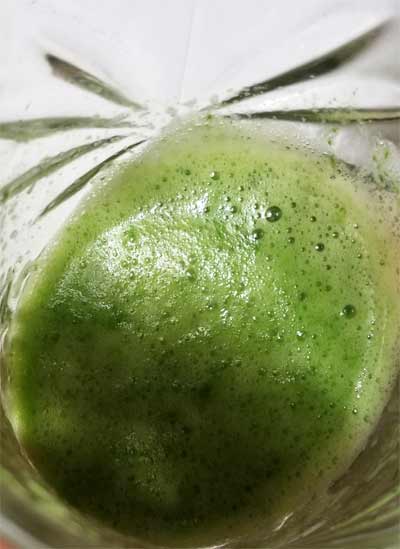
Wheat grass helps the body in many ways.
- Wheat grass relieves indigestion and helps stop the pain associated with sun-burned skin.
- Wheat grass helps heal athlete’s foot, cuts, burns, and scrapes.
- It also relieves the itching from rashes and insect bites.
- It is good for boils.
- Wheatgrass is also a good remedy for itchy scalp.
Take wheat grass internally and also apply externally to affected area for best results.
Wheat grass contains a variety of amino acids.
What are amino acids? Amino acids are organic molecules that combine to from proteins. They are the building blocks of life.
Foods that include lots of healthy amino acids include turkey, fish, eggs, cheese, mushrooms, and dried beans. For more information about amino acids, visit Britannica.com.
Wheat grass ointment
When used externally, wheat grass ointments, poultices, and compresses help heal skin ulcers, eczema, and other itchy skin conditions. Natural ointments, creams, and lotions are very useful in herbal medicine and are easy to make at home. Read more about making your own herbal products at home.
Wheat grass juice can also be used as a gargle.
Use as needed to sweeten the breath, tighten the gums, and help fight gum disease. Wheat grass juice is good for the mouth, the throat, the stomach, and everything else in the digestive system.
Wheat grass fights aging.
Wheat grass contains large amounts of liquid oxygen which is a natural defense against aging. When taken on a regular basis, the herb rejuvenates cells and helps guard against wrinkles and sagging skin. It also helps increase fertility and sexual function.
Use wheat grass juice in a foot bath.
If you have an abundance of wheat grass, use the juice in the bath or foot tub. Properties are absorbed through the skin to benefit the whole body. Wheat grass juice also helps get rid of athlete's foot and toenail fungus.
Wheat grass can be grown in trays and used as a sleep aid.
Just place the trays near the bed for a relaxing night of sound sleep. (The wheat grass plants give off oxygen and generate healthy negative ions during the night.) If you have indoor cats, grow a tray for them. Cats need live enzymes, too, and they love to nibble on wheat grass.
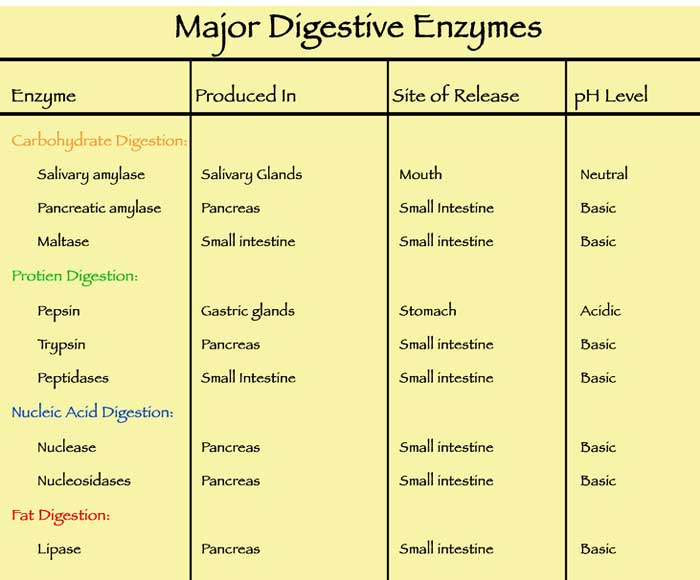
What are enzymes?
Enzymes are molecular proteins that cause reactions in living cells. Enzymes have a variety of functions in the body, including digesting food, transmitting nerve impulses, repairing damaged cells, and making muscles work.
Enzymes exist in every living thing and act as catalysts for all cellular activity. Enzyme activity is extremely specialized.
The human body produces most of its own enzymes, but needs to get some from the diet. Fresh, whole foods are full of enzymes, but with the average American diet of processed fast-foods, most of us aren't getting enough.
At most fast-food restaurants, lettuce, tomato, and onions are the only live enzymes on the menu.
Green tonics provide enzymes and are easy to make.
Tonics are a lot easier to make than videos! Please excuse the quality, this is my first ever attempt at using Canva software.
In this video, I talk about making nutritious, easy, and inexpensive spring tonics. The video is just a few minutes long, so watch until the end and give me a thumbs up if you are on YouTube. Thanks!
Natural foods are full of enzymes.
Eat more raw fruits and vegetables to get enzymes into your diet. All foods in their natural state have the enzymes required for digestion, but once cooked at high temperatures, most enzymes are lost in the process.
The enzymes found in whole, unprocessed foods give the body what it needs to work properly. When eating out, always get a green salad. Top it with grilled chicken for a main dish, or order your salad as a side. Your digestive tract will thank you.
Are you lacking digestive enzymes?
Symptoms that you may be lacking in digestive enzymes include bloating, belching, gas, constipation, diarrhea, abdominal cramping, heartburn, and food allergies. Symptoms can be relieved with wheat grass, green drinks, and herbal remedies, but a good diet gets to the source of the problem and brings real healing.
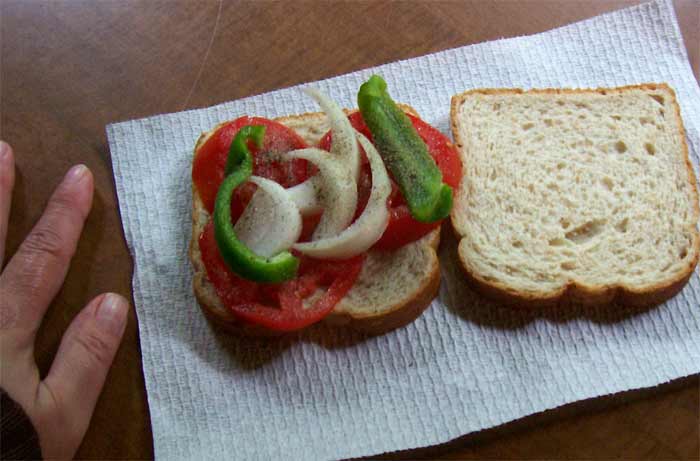
Enzymes are fragile.
Enzymes are very sensitive to high heat. Any heat over 120 degrees destroys a food’s active enzymes. Enzymes are also destroyed by microwaves.
Many enzymes are also rendered useless by fluorides, chlorinated water, air pollutants, chemical additives, prescriptions, and over-the-counter drugs.
No wonder we don't get enough active digestive enzymes into our bodies!
Enzyme deficiencies cause serious problems.
Deficiencies of essential enzymes can be life threatening. Anemia, scurvy, and many other diseases are caused by poor diet.
The three main categories of enzymes are:
- Metabolic enzymes
- Digestive enzymes
- Plant-derived digestive enzymes.
We can make our own metabolic and digestive enzymes, but we must get plant enzymes from our diets.
Along with green herbs like wheat grass, raw vegetables and fruits are rich sources of plant enzymes. Eat pineapples, berries, bananas, mangos, sprouts, papayas, avocados, and fresh vegetables daily. These foods will work quickly to improve your digestion and overall health.
Fruit salad with blueberries, peaches, apples, and mint make a delicious mix of digestive enzymes. A plate with colorful vegetables like green spinach, orange sweet potato, purple beets, and red cabbage provide enzymes, vitamins, and minerals. Even brown can be a good color if it consists of whole grains, nuts, and seeds!
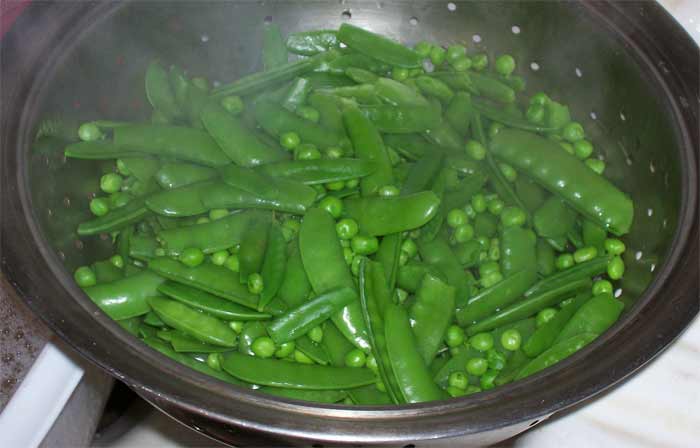
Immunity depends on enzymes.
Enzymes stimulate immunity in certain parts of the body (especially the pancreas). Enzymes cause the white blood cells to attack invaders and break them up.
Enzyme therapy can be used as a natural treatment for heart disease, malignancies, skin problems, low blood sugar, high blood sugar, colon problems, poor circulation, stomach pain, eye disease, and even headaches.
What is enzyme therapy?
Enzyme therapy is the practice of eating fresh food and herbs at every meal. Here are some examples of herbs to try.
- Ginger and milk thistle also contain lots of active enzymes. Use ginger and milk thistle to help tone the heart, stimulate the liver, and strengthen the intestines. Ginger also contains enzymes that can help turn cholesterol into bile acids.
- Enzymes in nettle can drive toxins out of the body by stimulating the kidneys.
- Licorice contains enzymes that have a balancing effect on estrogen hormones and estrogen metabolism.
- Aloe vera is also a good source of active enzymes. Aloe Vera has enzymes that remove dead skin cells and help open pores (so medicines applied to the skin can sink in). Aloe Vera also contains special enzymes that help heal minor burns and relieve pain.
- Green tea contains enzymes that help the body to excrete toxins.
- Hawthorn has enzymes and flavonoids that prevent collagen destruction (and gives the skin a firm foundation).
- Dandelion enzymes enhance the flow of bile and help to break down fat molecules.
- Cayenne enzymes trigger stomach secretions that help digestion.
- Catnip provides enzyme therapy for heartburn and indigestion.
Fresh herbs, vegetables, and fruits contain an abundance of healthy enzymes, so add them to your meals on a daily basis. You can add them to everything from ice-cold smoothies to simmering soups.
More about enzymes
Some enzymes act as anti-inflammatory agents. They can help heal sports injuries, respiratory problems, degenerative diseases, and surgical wounds.
Other enzymes clean wounds, dissolve blood clots, neutralize toxins, and help control allergic reactions.
Why are green drinks green?
High levels of chlorophyll make green drinks green. Chlorophyll is a pigment that gives plants their green color.
Green drinks are amazing, nutritional, super foods. Most green drinks, fresh and powdered, contain some wheat grass along with algae, mushrooms, and other herbs.
Chlorophyll is known as green blood.
Plants use chlorophyll, along with sunlight to manufacture nutrients. Chlorophyll rich juices have a molecular structure that is close to that of haemoglobin (a component of human blood)! I find that amazing.
These juices and powdered blends help clear the skin, cleanse the kidneys, nourish the brain, support endocrine health, and build up the blood. They are an excellent way to remove sticky mucus from the body and help ward off diseases and allergies.
Chlorophyll protects from carcinogens by strengthening cell membranes and detoxifying the liver. This stuff is really good medicine!
Chlorophyll also helps counter the harmful effects of x-rays, chemotherapy,and other environmental radiation. Wheat grass and other green drinks are especially recommended for people that do a lot of driving in heavy traffic. The chlorophyll in wheat grass helps protect the body from harmful carbon monoxide and other vehicle emissions.
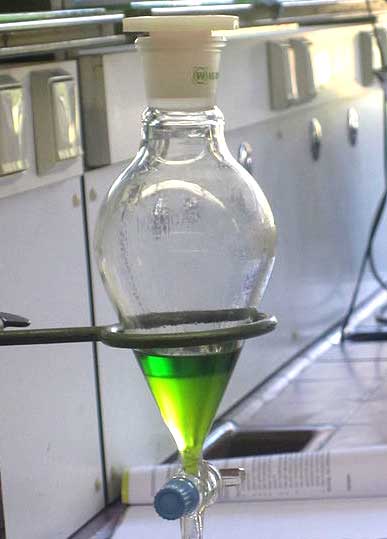
Spring tonics
Spring tonics are traditional in many parts of the world. Everything from dandelion to yellowroot is used to invigorate the body after a long, stuffy winter. Spring tonics and green drinks bring healing and help build immunity against allergens, pollen, and other germs.
Vegetable juices also make good tonics. They are rich in vitamins, minerals, and active enzymes. Vegetable juices provide the body with plenty of nutrients without lots of extra calories.
Herbal teas also make excellent spring tonics. They cleanse and provide energy.
Try teas made from fresh chickweed, dandelion (greens, roots and flowers), cleavers, nettle, or blackberry leaf. It's easy to do. Just pick some fresh leaves, cover with boiling water, steep for a few minutes, strain, and enjoy. Add lemon and honey if desired for taste.
These and other leafy-green herbs are at the perfect stage for harvesting during spring when they are tender and juicy. Wheat grass is also best when young as it toughens with age.

Use organic produce and herbs for tonics.
When harvesting or purchasing fruits, vegetables, and herbs (culinary and medicinal), beware of pesticides, sprays, and other harmful chemicals. Do not gather from the side of busy highways!
Grow or buy organic whenever possible. Always wash fresh produce in running water for as long as necessary to remove any dirt, germs, and toxins.
As a safeguard, spray with a mixture of equal parts vinegar and water or grapefruit extract before washing. The acetic acid in vinegar kills bacteria and helps to dissolve the wax and pesticide residues found on the skins of many fruits and vegetables.
Wheat grass is the young stalks of the wheat plant.
Wheat grass is easy to grow from seed. It is harvested approximately 14 days after sowing the seed.
How do I grow wheat grass?
- To grow wheat grass, first soak your seeds overnight.
- Sow moist seeds in a pot of sterilized soil that contains no chemicals or fertilizer. Sow seeds thickly – they should be touching one another.
- Cover with a thin layer of soil and mist with water daily.
- When grass appears (after about 7 days), place in indirect sunlight.
- Harvest two-thirds of the new grass with scissors when it is 8 inches tall.
If the plants get water and light, they will continue to grow. After three harvests, it is best to start new seeds as grass may get tough. Do not use chemical fertilizers on wheat grass that is going to be consumed.
This video from the Hippocrates Health Institute shows how to grow wheat grass with step by step instructions:
*Never take too much wheat grass at one time. Start with small doses and increase intake slowly. Always consult with a healthcare professional before taking any herbal remedy, vitamin, or food supplement, especially if pregnant, nursing, or taking other medicines.
Sources:
https://www.webmd.com/diet/health-benefits-wheatgrass
https://www.ncbi.nlm.nih.gov/pmc/articles/PMC5534514/
Blessings to you and yours!
Thanks so much for reading my blog. Jan.

*Note - the information on this website has not been evaluated by the Food and Drug Administration.
© 2005-2024 website design and content by Janice Boling